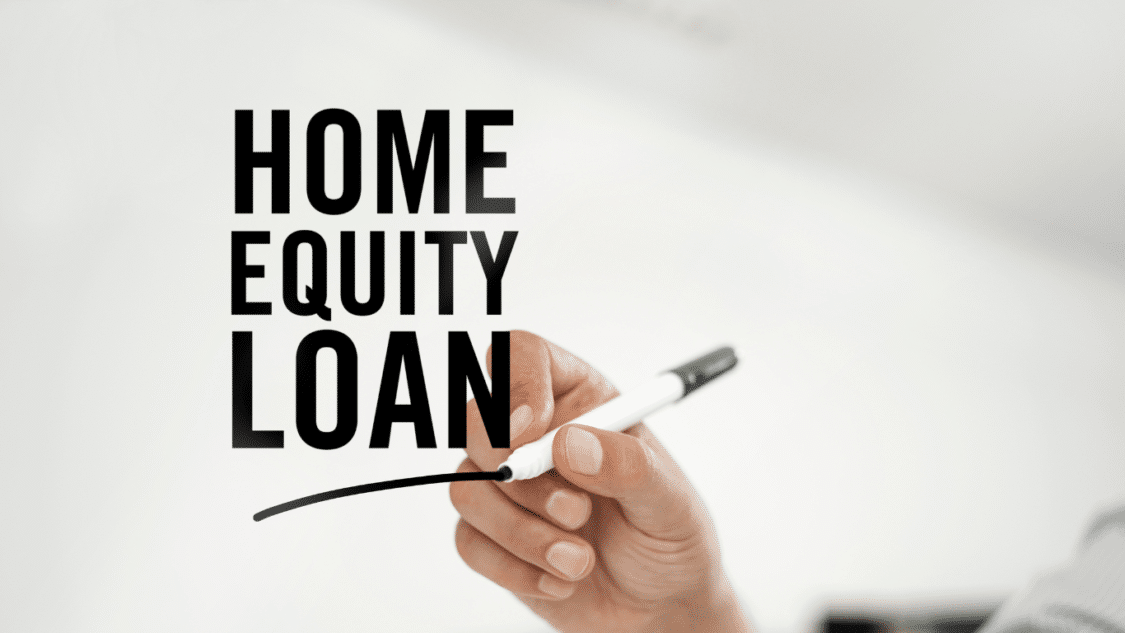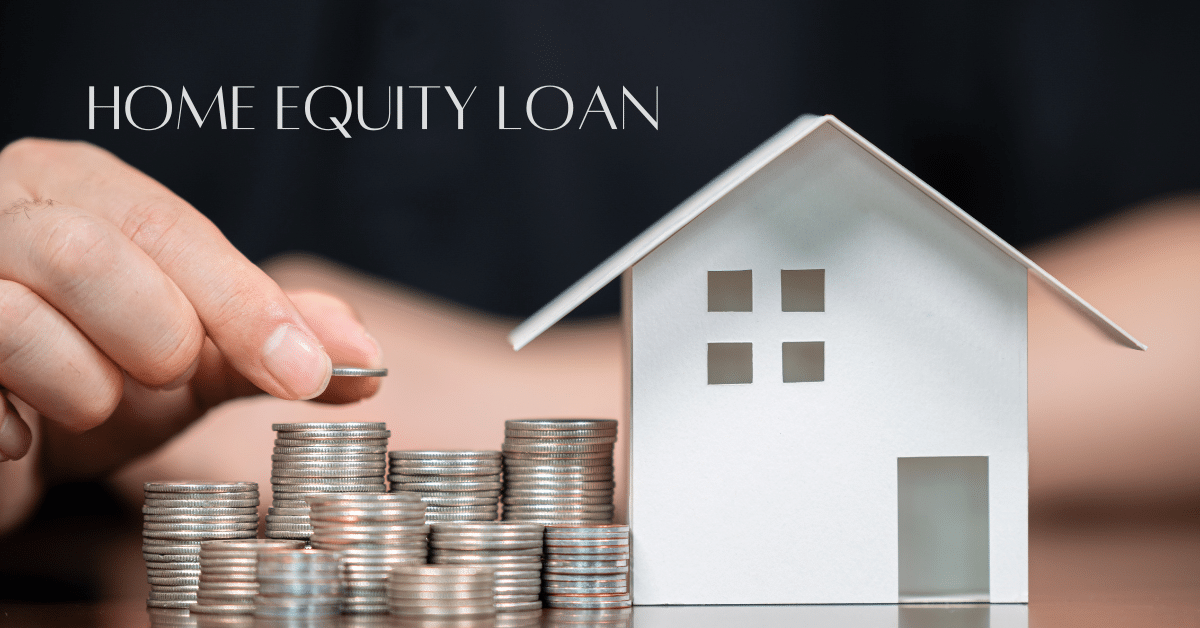Home equity loans, also known as second mortgages, offer homeowners a valuable opportunity to leverage the equity they have built up in their properties. These loans allow homeowners to borrow money with their home equity serving as collateral. The equity in a home is the difference between its fair market value and the outstanding mortgage balance.
These loans provide access to funds for various purposes, such as home renovations, debt consolidation, or funding major life events. By borrowing against the value of their homes, homeowners can secure lower interest rates than personal loans or credit cards. Also, the interest paid on a home equity loan may be tax-deductible, further reducing the overall cost of borrowing.

However, it’s crucial to be aware of potential drawbacks, including increased debt and foreclosure risks. Understanding the benefits, drawbacks, workings, and different types of home equity loans, including the intricacies of “sell and stay” options, will help homeowners make informed decisions about utilizing their home equity.
What are The Benefits of Home Equity Loans?
Access to Funds: By leveraging their home equity, homeowners can access a lump sum of money they can borrow, providing them with a reliable source of funds for various purposes like home improvements, debt consolidation, education expenses, or significant life events. Home equity loans give homeowners the financial freedom to pursue their goals and dreams.
Lower Interest Rates: Compared to other borrowing alternatives, such as personal loans or credit cards, home equity loans usually offer lower interest rates. This can result in substantial savings over the loan term, making it an attractive choice for cost-conscious borrowers seeking affordable financing.
Tax Deductibility: The interest paid on this type of loans may be tax-deductible in many cases. This valuable benefit can provide potential tax savings for borrowers, allowing them to keep more money in their pockets and effectively reduce their borrowing costs.
The Drawbacks:
Increased Debt Burden: It’s important to be mindful that opting for a home equity loan adds another financial obligation to your existing mortgage. This can lead to an increased overall debt load and potentially extend the repayment period, impacting your long-term financial situation.
Risk of Foreclosure: Failing to meet the repayment requirements of a home equity loan puts homeowners at risk of foreclosure. Since the property itself secures the loan, it’s crucial to make timely payments to protect your homeownership and financial stability.
Closing Costs and Fees: Before committing to this loan, take into account the associated closing costs and fees. Considering expenses like appraisal fees and origination fees is essential as they impact the overall cost of borrowing, making it necessary to evaluate them when making decisions.
How does a Home Equity Loan work?
When applying for this loan, the amount you can borrow depends on your home’s equity, usually up to 80-90% of its appraised value. A key distinction from a home equity line of credit (HELOC) is that a home equity loan provides an immediate lump sum payment rather than a flexible line of credit. It comes with a fixed interest rate, ensuring consistent monthly payments.
Regular payments encompass both the principal amount and the accrued interest. Tax deductibility of interest depends on local laws. Remember, your home is collateral, and failure to repay can lead to foreclosure. Use the funds wisely and assess your financial situation before considering a home equity loan. Seek guidance from professionals to make informed decisions.
Types of Home Equity Loans
Home equity loans are one-time loans issued in lump sums with a fixed interest rate and repayment term. These loans come in various flavours, each tailored to meet specific financial needs. Let’s take a closer look at the different types available:
Traditional Home Equity Loan: This is the most common type of home equity loan. It gives borrowers a lump sum of money, which is paid back over a fixed term with regular monthly payments. Interest rates are typically fixed, ensuring predictability and stability throughout the loan term.
Home Equity Line of Credit (HELOC): HELOC operates more as a credit card than a traditional loan. It offers a revolving line of credit that borrowers can draw from as needed during a specified draw period. Payments during this phase may only require interest, but once the repayment period begins, borrowers must start repaying both the principal and interest.

Cash-Out Refinance: In a cash-out refinance, homeowners replace their existing mortgage with a new one, borrowing more than their current outstanding balance. The excess funds can be used for various purposes. This type of loan allows borrowers to tap into their home’s equity while potentially securing a lower interest rate on their mortgage.
Home Equity Loan for Seniors: Specifically designed for older homeowners, these loans allow seniors to access their home equity as a source of income. Examples include reverse mortgages, where homeowners receive loan proceeds that must only be repaid once they sell the home or pass away.
When considering a loan of this type, it’s essential to understand the specific terms, interest rates, repayment options, and potential risks associated with each type. To identify the most appropriate home equity loan for your unique needs, it is advisable to compare different options and seek professional advice from financial experts. This approach will ensure you make a well-informed decision.
What is the catch with ‘sell and stay’ home equity loans?
“Sell and stay” home equity loans, also known as “sale-leaseback” or “life estate” loans, allow homeowners to sell their home to a lender in exchange for a significant sum of cash while continuing to live in the house as a tenant. The catch with these types of loans is that the homeowner loses ownership of the home and must pay rent to the lender.
The homeowner may vacate the home if the lender decides to sell the property. Another catch is that the homeowner may be required to maintain the property and pay for repairs and maintenance out of their pocket. Additionally, the homeowner may be responsible for property taxes and insurance, which can add to the cost of living in the home.

Furthermore, some of these loans may have a “balloon payment.”
This means that the remaining loan balance must be paid off after a certain period. Which can be difficult for some borrowers. “Sell and stay” home equity loans may not be regulated the same way as traditional home equity loans, which means they may not have the same consumer protections.
This can put homeowners at a greater risk of losing their homes if they cannot make their rent payments.
Overall, “Sell and stay” home equity loans can be a quick way for homeowners to access cash, but they come with a number of potential downsides. Including loss of ownership, higher costs, and lack of regulation. It’s important to carefully consider the terms and the overall cost of borrowing before deciding.
In conclusion
Home equity loans offer homeowners a valuable opportunity to leverage their property’s equity for various purposes. They provide access to funds, lower interest rates, and potential tax benefits. However, it’s essential to consider the drawbacks, including increased debt burden and the risk of foreclosure. Before taking out a home equity loan, homeowners should carefully assess their financial situation, compare loan options, and consult professionals for guidance.
Understanding home equity loans’ workings, types, and potential risks is crucial for making informed decisions. Responsible borrowing and wise utilization of funds are key to effectively utilizing home equity loans.
What are The Most Profitable Passive Income Streams?
Analysis And Portfolio Management: Ethical Considerations You Need to Know




